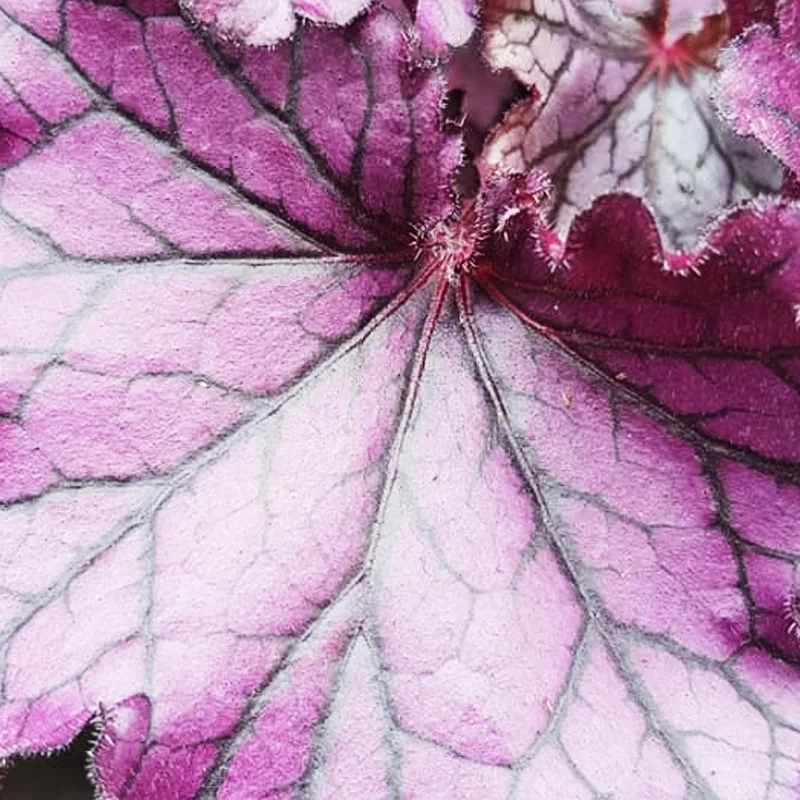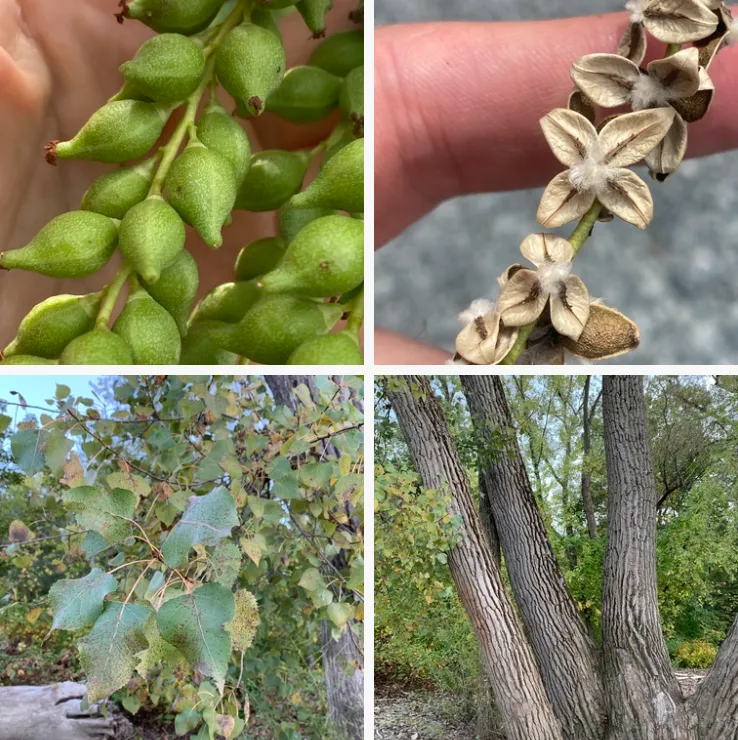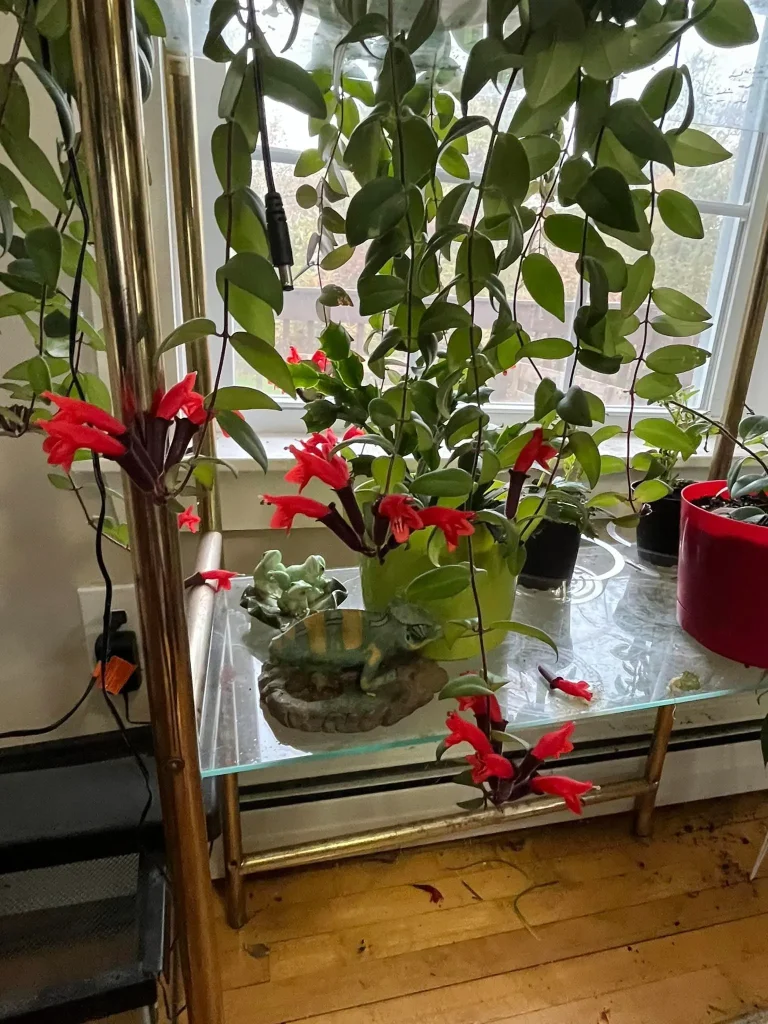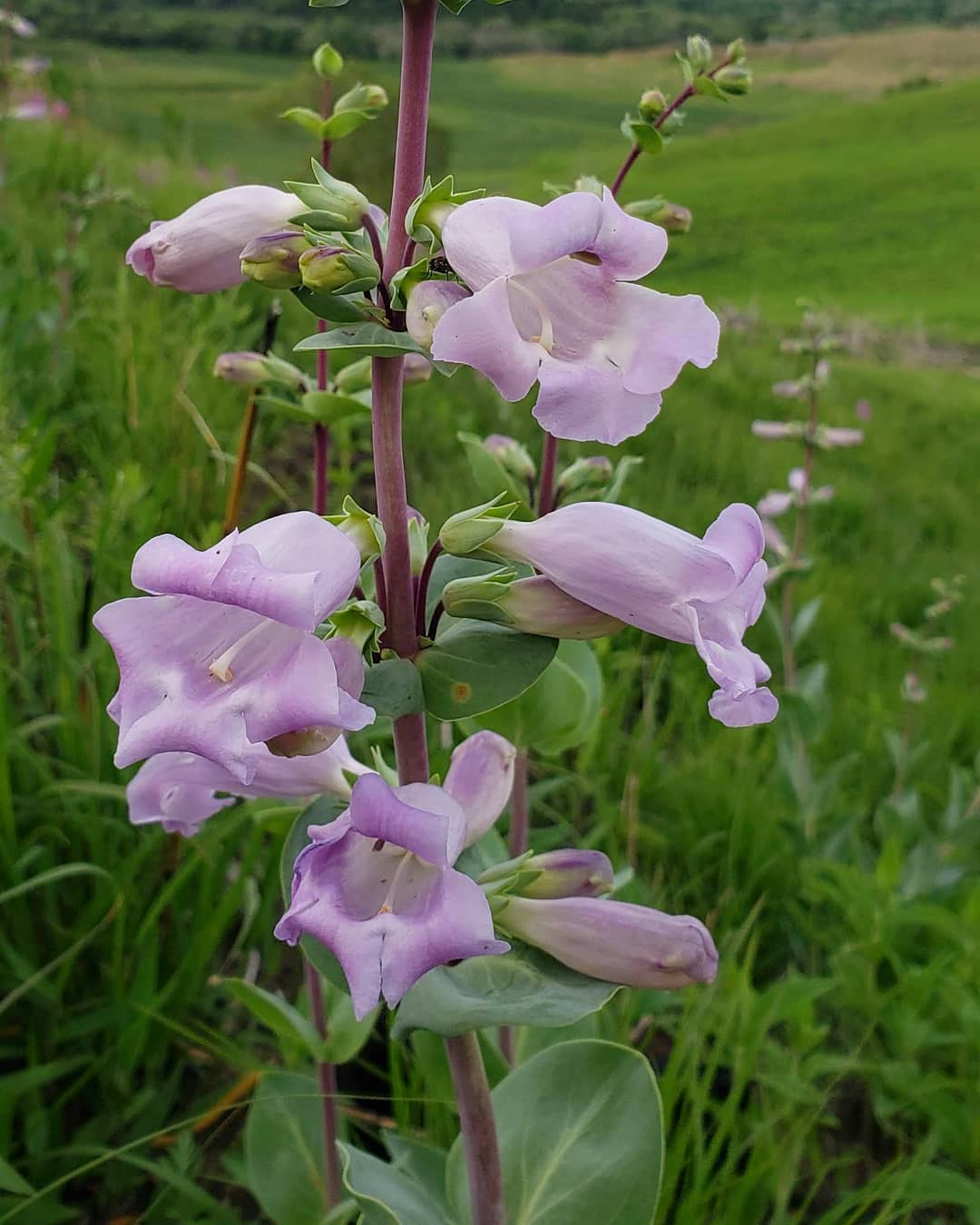FAQs About Gaylussacia Baccata: Black Huckleberry
As a plant enthusiast, I’ve always been fascinated by the unique and hardy species out there, and Gaylussacia Baccata, commonly known as Black Huckleberry, is no exception. This native shrub has a lot to offer, especially if you’re interested in growing plants that bring biodiversity and serve both ornamental and practical purposes in your garden.
What Is Gaylussacia Baccata?
Gaylussacia Baccata is a deciduous shrub belonging to the Ericaceae family. It’s commonly referred to as Black Huckleberry and is native to eastern North America. The plant produces small, dark berries that are not only edible but also attract various wildlife, including birds and small mammals. The plant grows to about 1 to 3 feet tall and thrives in well-drained, acidic soils. Its leaves turn a striking red color in the fall, making it a wonderful addition to landscapes that embrace seasonal changes.
Plant Family: 121 Genera in Ericaceae
Where to Buy Gaylussacia Baccata?
If you’re looking to buy Gaylussacia Baccata, many native plant nurseries carry it, especially those focusing on species native to North America. You might not find it as commonly in big-box garden centers, but online nurseries that specialize in native or wild plants are great places to start. It’s also worth checking with local horticultural societies or plant swaps if you want to source them locally. I recommend finding a nursery that emphasizes ethical and sustainable practices to ensure you’re supporting biodiversity.
How to Care for Gaylussacia Baccata?
Caring for Gaylussacia Baccata is relatively easy if you meet its basic needs. This plant prefers well-drained, acidic soils with a pH range of 4.5 to 5.5. It’s most comfortable in areas that mimic its native habitat, meaning partial to full sun and a natural woodland setting. Once established, it’s relatively drought-tolerant, though regular watering helps keep the foliage lush and healthy. Mulching can assist with moisture retention and keep the roots cool during hot summer months. Pruning isn’t necessary unless you need to remove dead branches or want to shape the plant.
How to Propagate Gaylussacia Baccata?
Propagating Gaylussacia Baccata can be done through seeds or cuttings. If you choose to propagate from seed, it’s best to collect the berries in late summer or early fall, remove the seeds, and then cold-stratify them for a few months before planting. If you prefer cuttings, take semi-hardwood cuttings in late summer and root them in a well-draining mix. Both methods can take time, but they’re rewarding ways to expand your huckleberry collection or share with fellow gardeners.
Gaylussacia Baccata vs Frondosa
When comparing Gaylussacia Baccata with Gaylussacia Frondosa (Dangleberry), it’s clear that while both belong to the same genus, they differ in several ways. The berries of G. Baccata are dark and black, while those of G. Frondosa are blue. Also, G. Frondosa typically prefers wetter habitats like bogs or swamps, whereas G. Baccata thrives in drier, sandy soils. Both are native to similar regions, but their habitat preferences and berry colors are key distinguishing factors.
Gaylussacia Baccata vs Vaccinium Membranaceum
Gaylussacia Baccata is often confused with Vaccinium Membranaceum, commonly known as Black Huckleberry (confusing, right?). However, V. Membranaceum belongs to the Vaccinium genus, which includes blueberries. The primary difference lies in the seeds. V. Membranaceum has tiny, almost unnoticeable seeds, while G. Baccata’s seeds are larger and more noticeable when eating the berries. Their habitats also vary slightly—V. Membranaceum is more commonly found in the western United States, while G. Baccata is an eastern species.
Can You Grow Gaylussacia Baccata Indoors?
Though it’s possible to grow Gaylussacia Baccata in containers, it’s not ideal for indoor growing. This plant prefers natural outdoor conditions with access to full sunlight and seasonal changes. If you have limited garden space, you can grow it in a large pot on a patio or balcony, but be mindful of its need for acidic soil and well-drained conditions. Indoor environments usually lack the light and temperature variations that G. Baccata thrives on.
What to Plant With Gaylussacia Baccata?
Gaylussacia Baccata makes a great companion plant for other acid-loving species. Consider pairing it with Rhododendrons, Azaleas, or even Mountain Laurel. These shrubs not only complement the Black Huckleberry’s growth requirements but also add diversity to your garden. If you’re interested in creating a more naturalistic, woodland-style garden, pairing G. Baccata with ferns or native grasses can enhance its aesthetic and provide a habitat for wildlife.
Is Gaylussacia Baccata Toxic?
One of the advantages of growing Gaylussacia Baccata is that it’s not toxic to humans or pets. In fact, the berries are edible and were historically used by Native American tribes for food and medicine. The fruit is small and tart, often enjoyed fresh or used in pies and jams, although it can be a bit seedier than other berries like blueberries.
Common Problems with Gaylussacia Baccata
In my experience, Gaylussacia Baccata is relatively pest and disease resistant. However, it can occasionally suffer from issues like root rot if planted in poorly drained soils. Fungal diseases may arise in overly humid conditions, but proper spacing and air circulation generally prevent these issues. Wildlife like birds and deer may munch on the berries or foliage, but this is typically a minor issue unless you have a significant deer population in your area.
Benefits of Growing Gaylussacia Baccata
One of the best reasons to grow Gaylussacia Baccata is its contribution to biodiversity. The berries are a food source for various bird species and small mammals, and the plant itself provides shelter for wildlife. Additionally, it’s a low-maintenance, hardy shrub that adds color to the landscape in both summer and fall. The berries are also edible for humans, and while they might not be as popular as blueberries, they’re still a wonderful wild food to enjoy in small quantities.
Gaylussacia Baccata is truly a versatile plant that adds beauty, function, and environmental value to any garden.
If i die, water my plants!



